Looking for raised garden bed ideas? Raised garden beds are simply a way to grow plants in soil contained in some kind of structure that’s higher than ground level. This allows you much more control over soil texture and composition. Not only that, but raised beds help protect against weeds and they’re also quick to set up. Fans of raised bed gardening boast of thriving plants and bumper harvests all year round. It’s just a lovely, simple and eco-friendly way to grow your own herbs and veggies. Oh, and raised beds also enable you to garden without the backbreaking work of traditional level garden beds. In fact, raised beds are also sometimes known as ‘no-dig gardens’, though of course some digging will still need to happen!
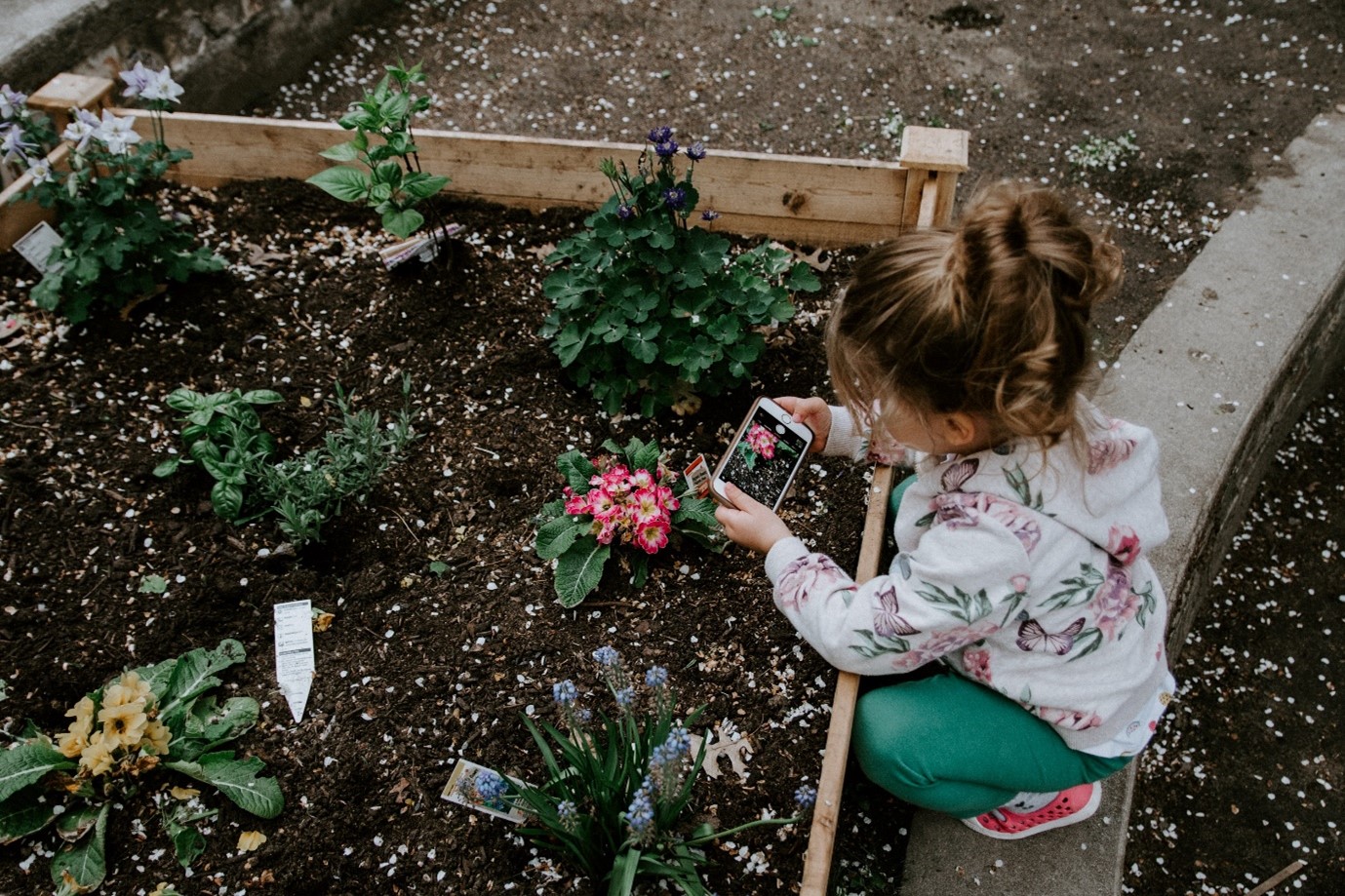
Raised beds can be built just about anywhere, so they’re perfect if you only have pavement, or if your natural soil is too rocky to be useful. There are so many ways that you can make your DIY raised boxes, so let’s take a look at some different raised garden bed ideas. I’ve also got all the tips you need for how to start.
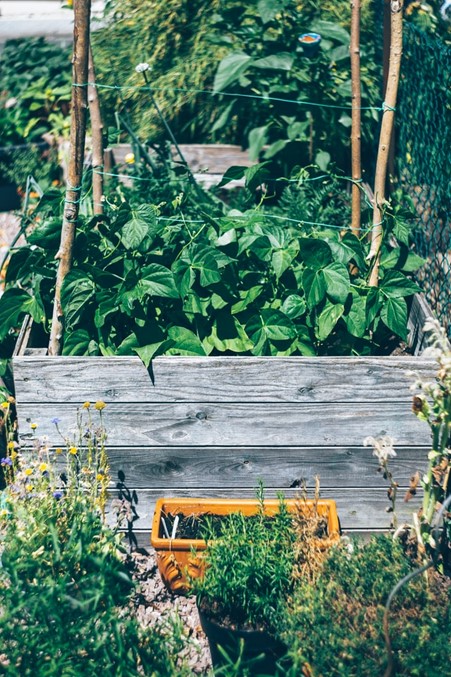
Layered like lasagne
Raised beds make use of a layering technique is also known as ‘lasagne gardening’ or ‘sheet mulching’. This creates optimal growing conditions due to the fact the soil warms up fast, drains better, and doesn’t get as compacted.
There is some overlap between “raised bed gardening” and “vertical gardening”. It’s understandable since both make use of vertical space. The main difference is that raised beds take up horizontal space as well. And then there’s that ‘lasagne layering’ that occurs with raised beds which might not be utilised in vertical gardening.
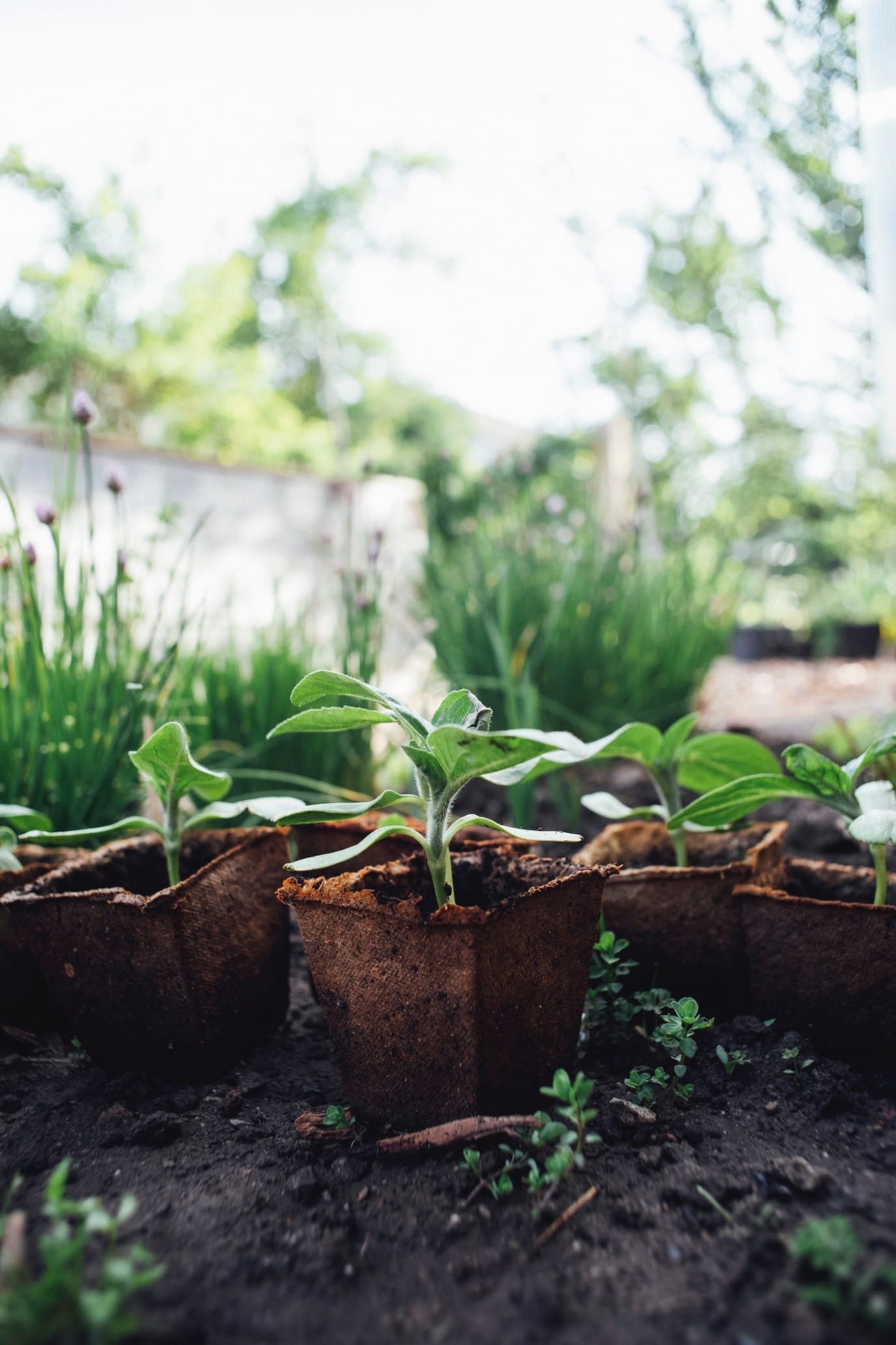
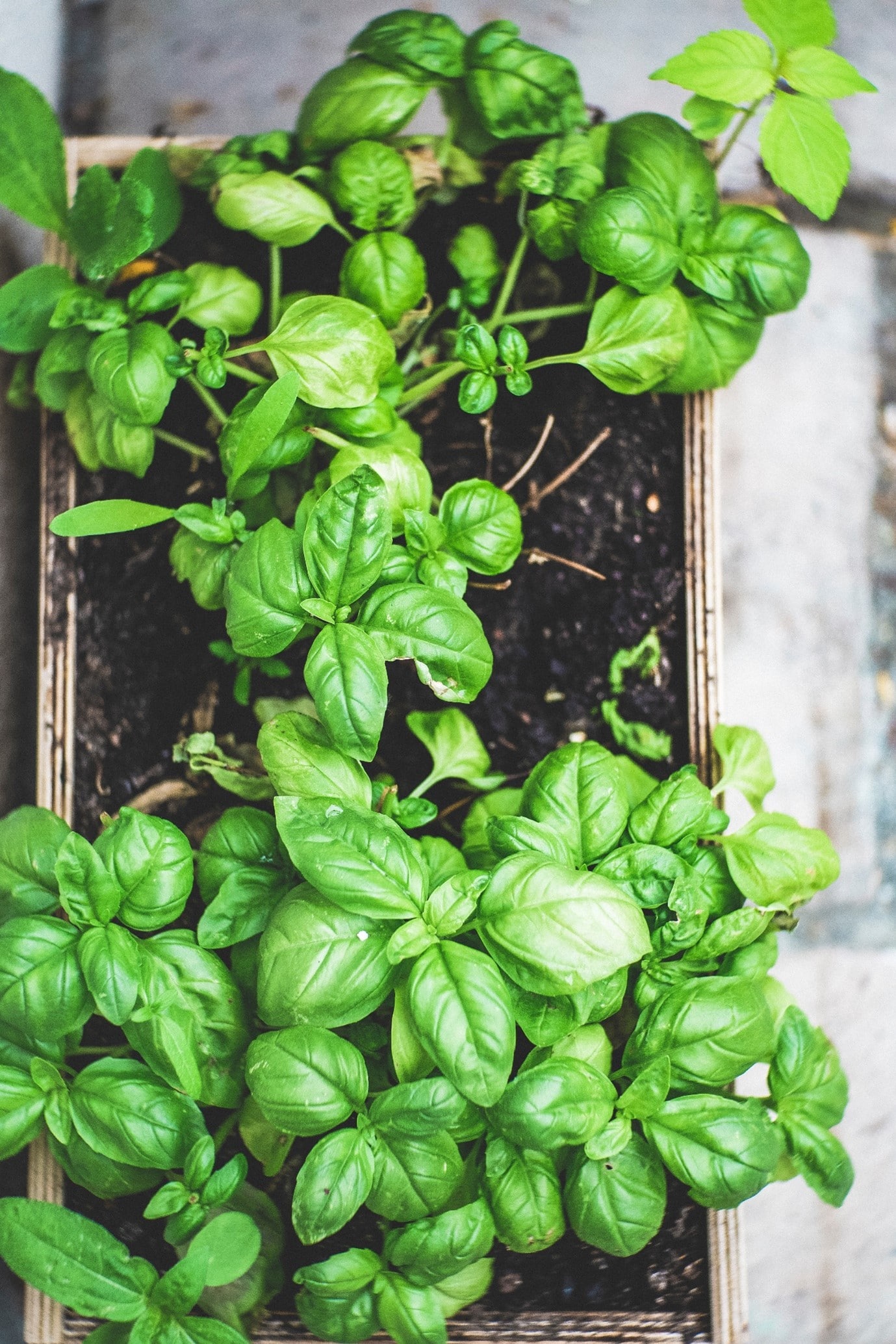
In the past, raised beds were usually contained in frames made only from wood. But nowadays you can use any of a wide range of materials to construct your frame. Here are some ideas to consider for creating your perfect raised garden bed.
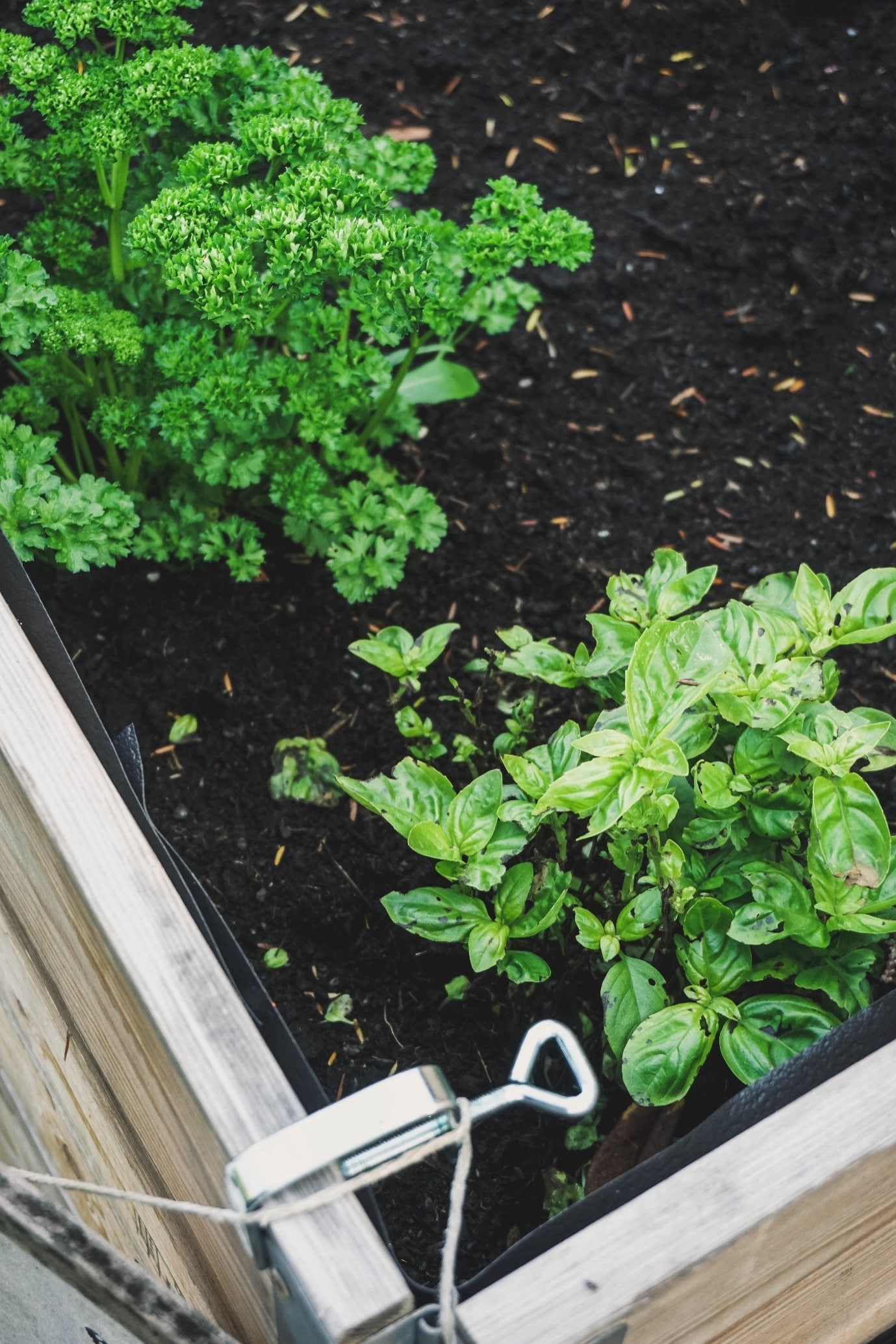
Raised garden bed ideas
1. Go for simple tiers
Raised beds can be as multi-tiered as you like. Some are especially decorative, resembling fountains and pagodas. But simple tiered structures are the ideal, neat way to make use of your space.
2. Assemble a kit
These come as kits you can purchase, or you can construct one yourself. They’re literally child’s play to assemble.
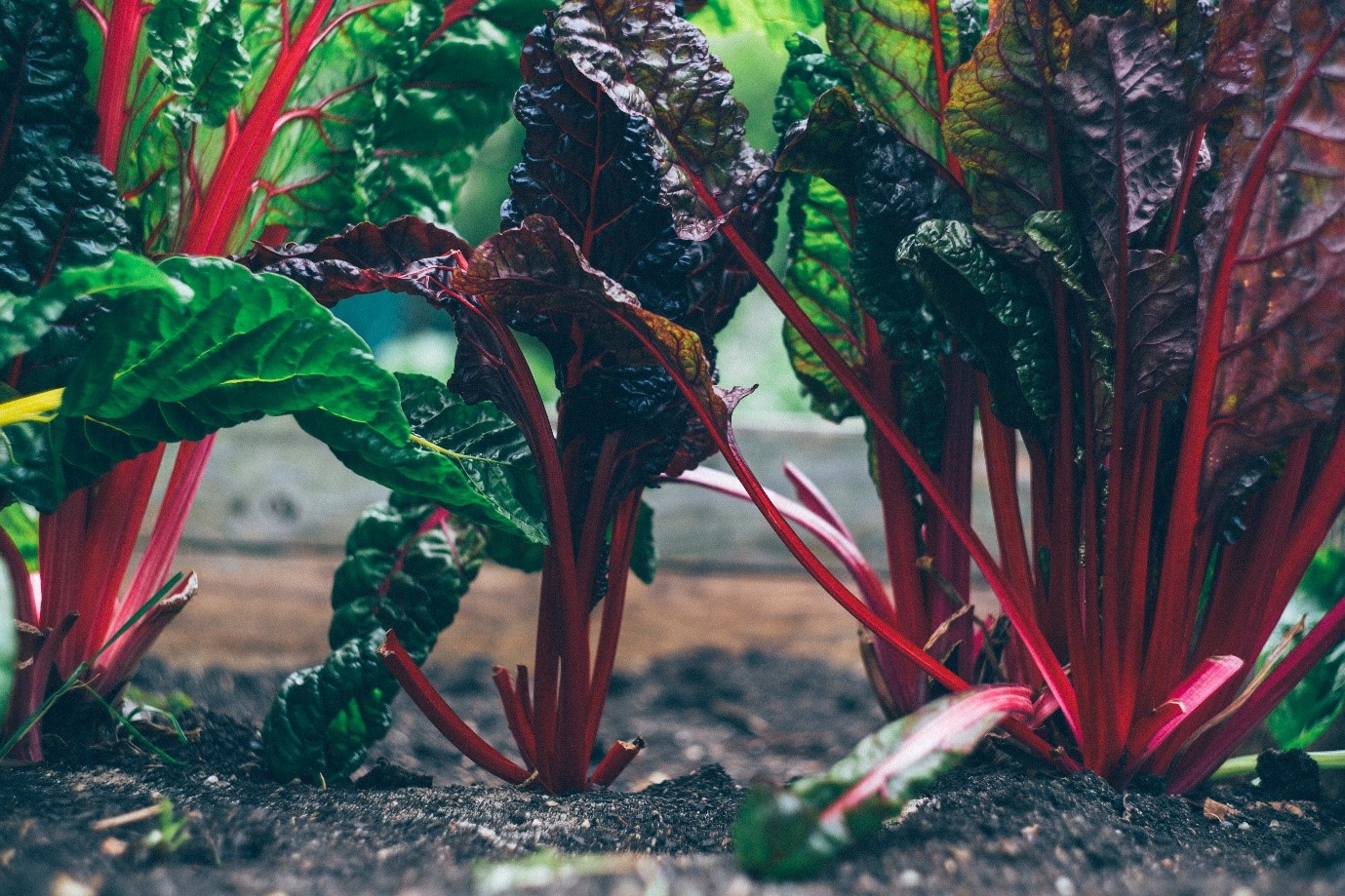
3. Elevate it on legs
These utilitarian inventions are so useful for anyone with back problems or accessibility needs. They remove the endless bending work that gardening often involves. They can be purchased already constructed or are pretty simple to DIY.
4. Make it portable
Containers on wheels are the perfect raised garden beds for renters, thanks to their portability. You can buy a wheeled container, or construct one, or repurpose something like an old kitchen trolley. Just make sure there’s good drainage.
5. Stack some pallets
Pallet lovers who are handy with DIY will find pallets the perfect structure for a raised garden bed. And actually, if you have more pallets than you know what to do with, check out these ideas with pallet furniture.
6. Add a bed to a patio
Even a small patio can accommodate raised garden beds. This is a super modern look for any inner-city courtyard.
7. Use raised beds as borders
Line your backyard with raised beds unobtrusively up against the wall. This is especially good for a narrow side yard.
8. Have it custom made
Landscaping companies can help you design a raised bed garden to suit your unique space. You might incorporate water features for visual interest, or bench seating for functionality.
9. Add greenhouse hoops
It’s easy to turn a raised garden bed into a greenhouse using PVC pipe and clear polyethylene film. A greenhouse is great for a multi-season veggie garden. It extends the plants’ growing season, conserving moisture and protecting them from bugs and wildlife. On warm days, avoid overheating plants by removing the cover, if it is removable, or simply cutting slits for air vents.
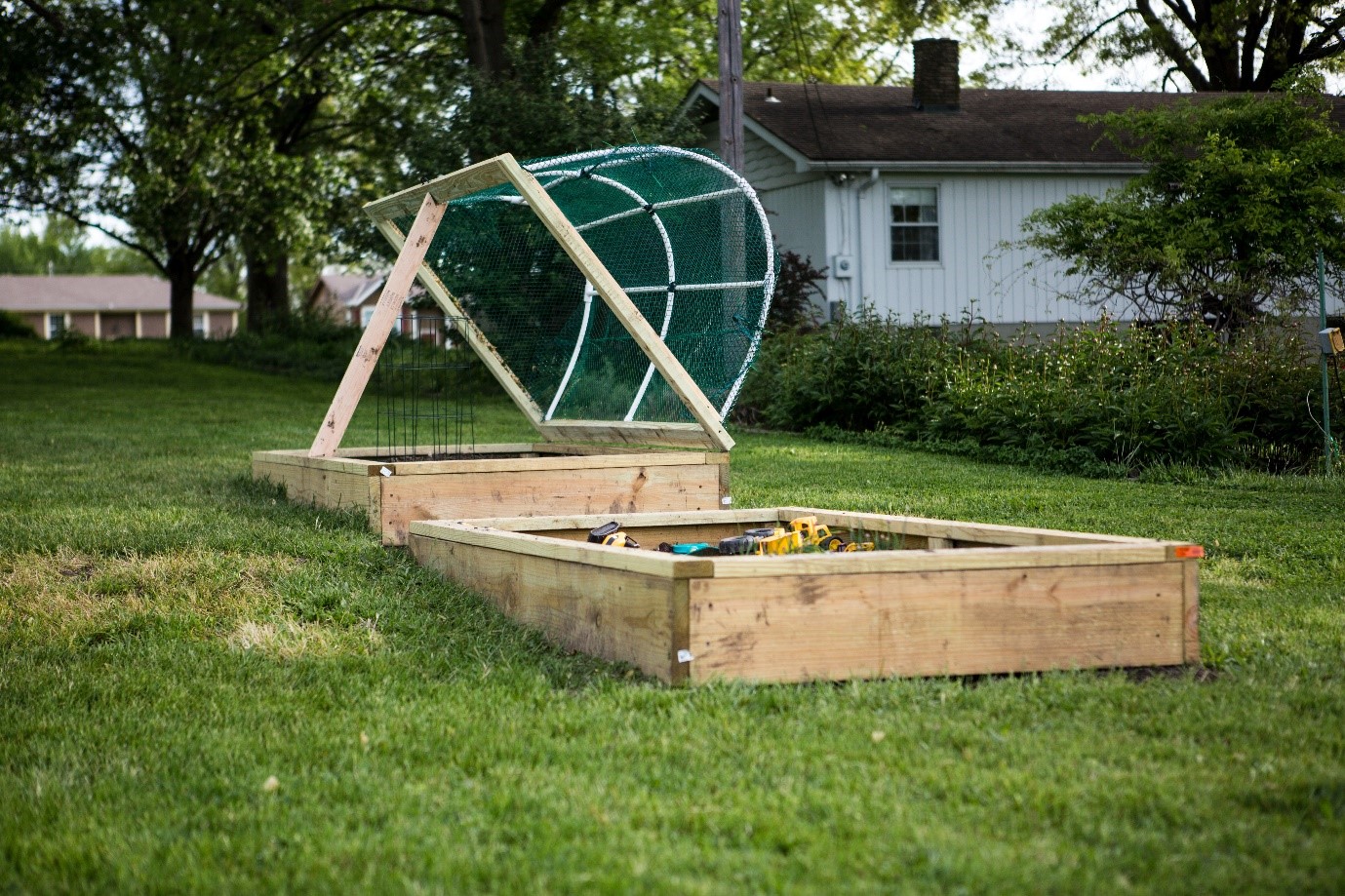
10. Go freeform
Nobody said raised beds had to have a certain neat, symmetrical shape. You may prefer the Zen of a freeform raised bed, with perimeters that you have constructed randomly or to suit a particular space.
11. Grow a herb spiral
Spiral gardens are a permaculture technique, not just an eye-catching focal element in your yard. This is because spiral gardens increase the usable planting area. And yet they don’t take up more space and plants are kept within reach. You can build one from almost anything, and you can even just mound the soil.
12. Create an arbour
Adding a trellis or arbour above a raised bed makes harvesting sprawling veggies much easier. An arbour enables flowering vines somewhere to go, while the plants below aren’t too deprived of sunshine. Simply create an A-frame out of two bamboo poles leaning together, truss them together and then cover with garden netting.
13. Make a beanstalk tepee
Much like an arbour, try a tepee idea on for size. The kids will love it.
14. Terrace a sloping garden
Terracing an entire area is great for creating the illusion of a level garden if you have a sloped yard. Start by building up the beds in the lowest sections, then add shrubs at the back and perennials for colour and texture at the front.
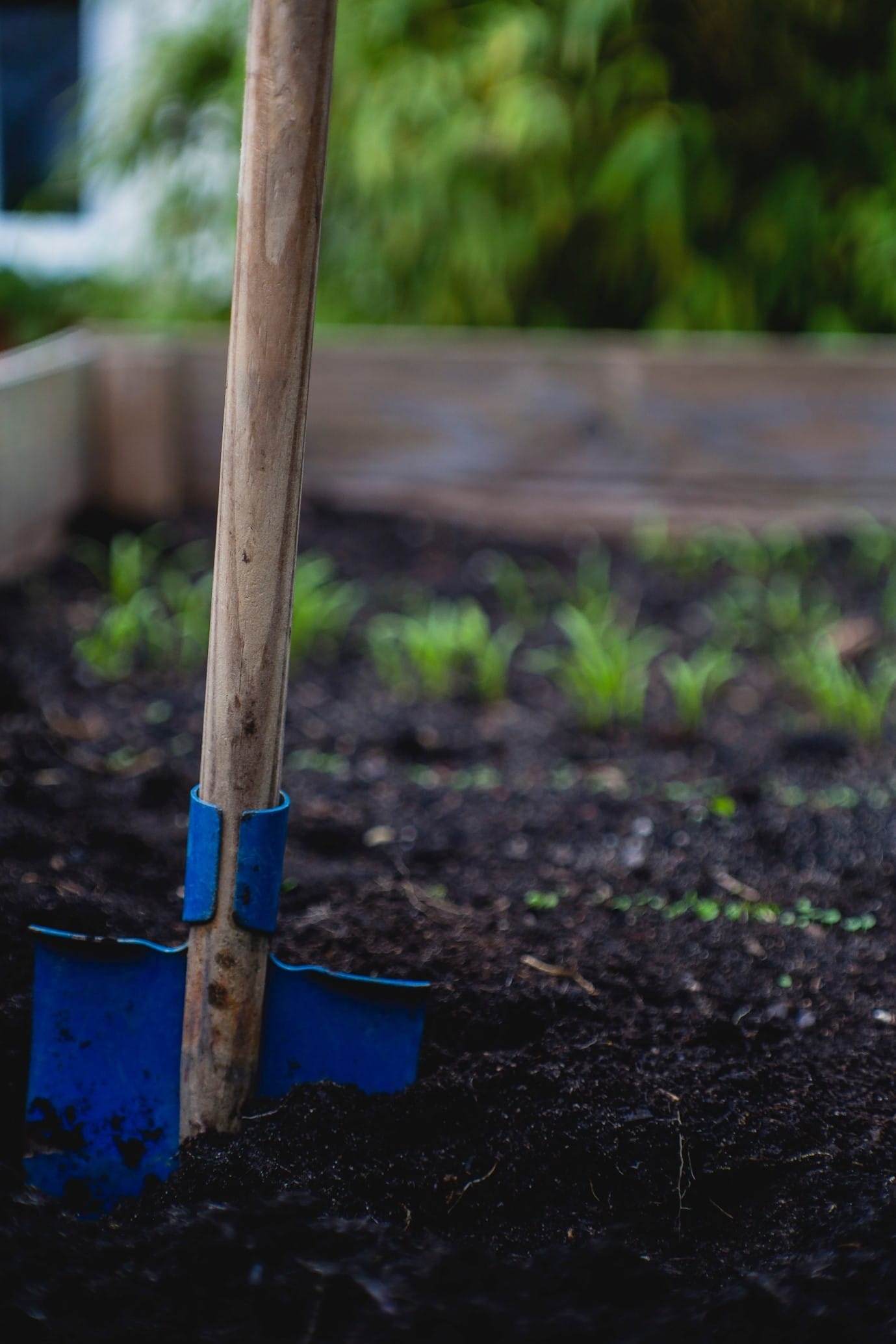
Choosing the right material to construct the frame
Keep in mind your climate, the purpose of your raised bed, and the aesthetics that appeal to you. Factors such as cost and ease of installation will also come into play. Here are some of your options.
15. Timber
Wood beds are easy to construct and the material is cost-effective and accessible, making it the perfect choice for DIY raised beds. If you decide to go with wood, make sure you choose sustainably grown wood or reclaimed timber. Whatever lumber you pick, ensure it isn’t treated with toxic chemicals (eg. older versions of treated pine contain copper and chrome arsenate, which you probably don’t want in your food). Railroad ties are best avoided in case they’ve been treated with toxin-releasing creosote.
Pine is often used as it’s the cheapest. But other timbers you might consider include jarrah or cypress. These are both naturally decay- and termite-resistant. You might also try spruce, which is durable. Or, consider cedar. It has natural rot and insect resistance.
16. Corrugated iron
Corrugated iron is another popular choice for DIY raised garden beds. You can find it in the roofing section of your hardware supplier.
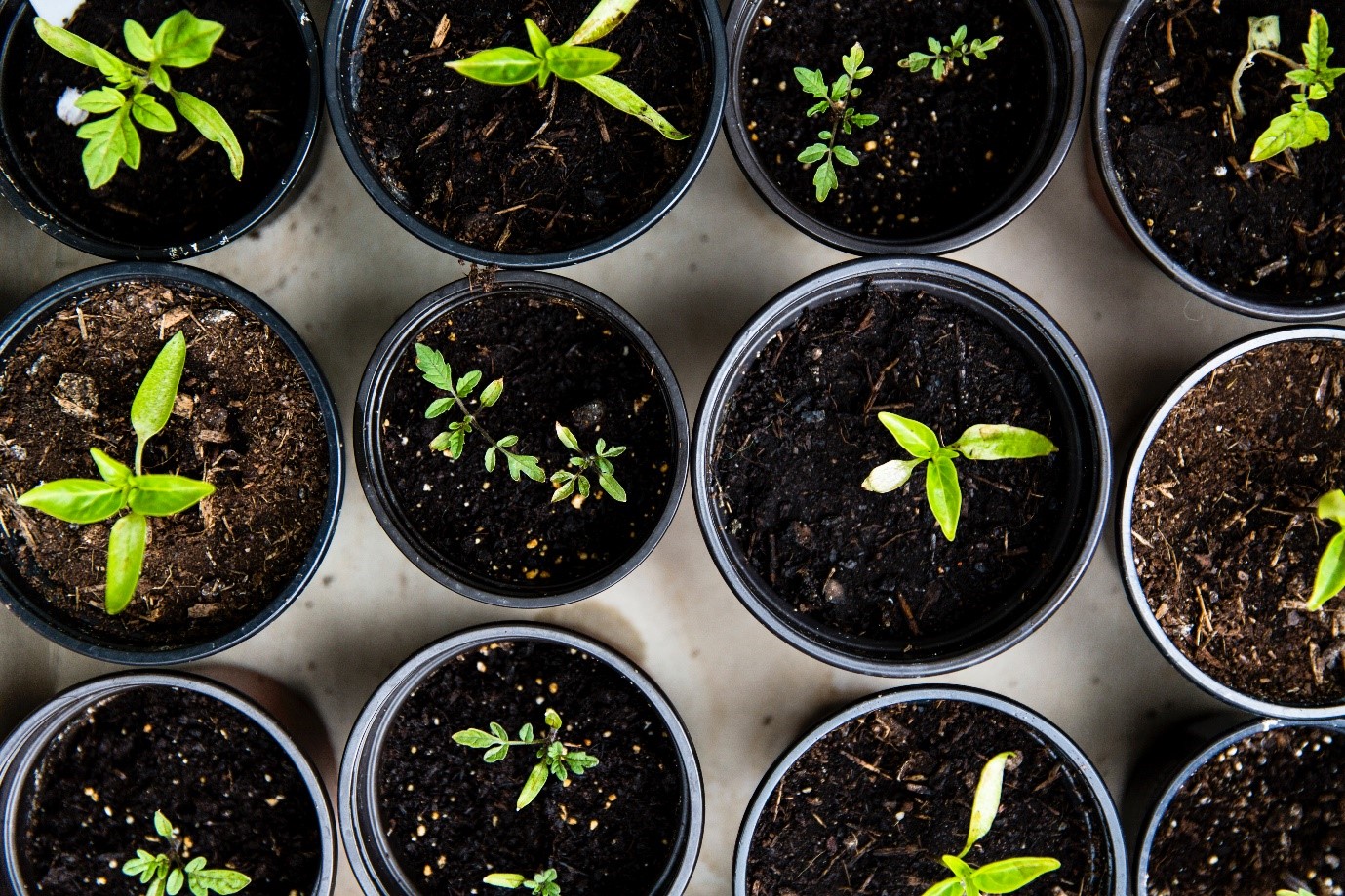
17. Water troughs and stock tanks
These are an increasingly popular choice. Animal feeding troughs or water troughs are great for an industrial/urban chic vibe and as with other metals, also warm the soil. They’re usually round or rectangular with rounded ends and come in a variety of sizes. They don’t need assembly but will need you to drill plenty of drainage holes at the base. Easily available to purchase at feed stores, these are quite inexpensive and long-lasting. The only issue is that transportation to your home needs to be arranged.
18. Galvanised culverts
Used for drainage under roadways, galvanised culverts can be cut into sections to create planters. Ask at your local building supply store or search online. With culverts, you control the size and height of your bed, more so than with troughs and tanks. Once you’ve located a suitable length of pipe, it will need to be cut into sections, and transported to your home. Easy to install and gives a contemporary vibe.
19. Sheet metal
It’s industrial-style, with a modern aesthetic. Sheet metal begins life a natural steel colour, weathering to a gorgeous rusty patina over time. It comes in sheets around ¼ inch thick, giving it a slim profile rather than a bulky perimeter, and the sheets are simply shaped as desired. The good thing about sheet metal is it adds heat to the soil, so can be helpful when plants need added heat to thrive.
20. Masonry
Great as a permanent addition to your garden, these can be constructed by yourself, though usually a masonry crew is hired.
If you’re on the hunt for some more edging inspiration, we’ve put over 50 different garden edging ideas together for you to check out as well.
21. Concrete blocks
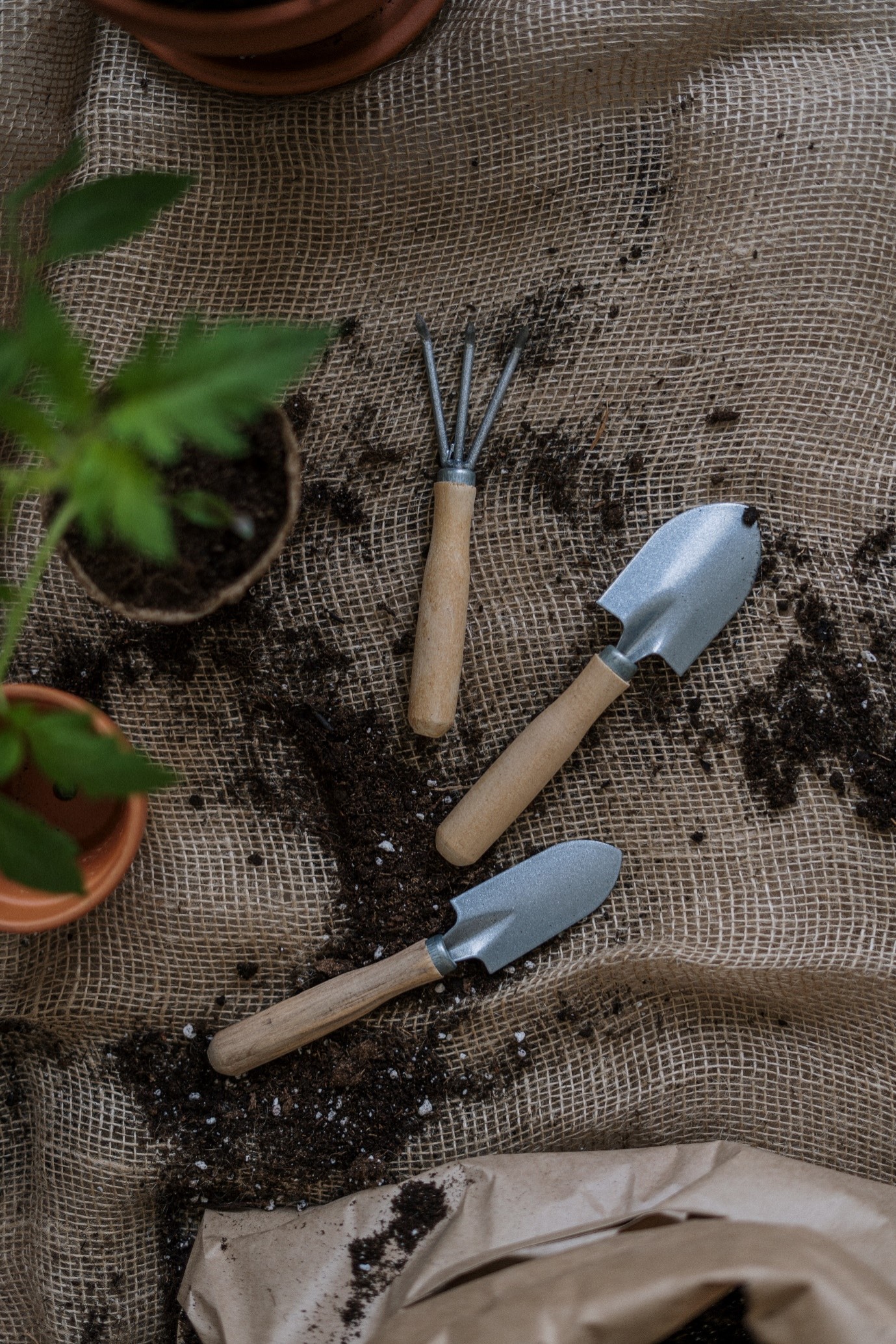
22. Rock and stone
Using these materials you can easily DIY a raised garden bed that has a casual, cottage-garden style. These are not permanent, as they are not mortared into place. Small boulders or large cobbles are merely stacked as desired.
23. Natural free materials
You can construct a frame out of freely available materials such as logs or twigs, as seen below. Some DIYers have constructed a raised bed out of bales of hay or straw. It’s simply piled into the desired configuration and filled with layers of soil and compost. This provides up to a year of use as the straw decomposes, so you’ll need to replace the bales annually.
24. Wicker panels
If the woven wicker look appeals to you, don’t worry–nobody expects you to weave them yourself! You simply purchase panels to easily construct a frame.
Want to find out more about planters that you can buy? We’ve got a dedicated guide about where to buy planter boxes and approximate costs.
25. Recycled and reclaimed materials
Found objects can hold a lot of charm—or they can look kitsch—you decide! Some of the more commonly repurposed materials favoured for raised beds include milk crates, wine boxes and old barrels. Milk crates are often liked because of their portability and ready-made drainage and they can be personalised with paint.
26. Vintage sacks around milk crates
Dress up milk crates with coarse vintage storage sacks for an inexpensive and rustic look.
27. Tyres
Some people favour the use of old tyres to create eco-friendly recycled raised garden beds.
28. Wagon wheel
Quite often repurposed into garden designs, wagon wheels are naturally segmented making it easy to divide up plants.
29. Wheelbarrow
A box is not a box, and a raised garden bed can be created out of any kind of container, provided you ensure it has adequate drainage. Old wheelbarrows can look quaint and cottagey, as well as being nicely portable.
30. Wine crates
Is there anything a wine crate cannot do? Separate your kitchen garden herbs neatly and keep everything portable with recycled wine boxes.
31. Half barrels
For some, old wine barrels hold a particular aesthetic appeal and a row of them provides nice uniformity.
32. Barrel full of flowers
Barrels look especially effective and romantic when planted up with flowers.
33. Urban modular
Think you’ve got no room for a garden? Think again! Modern planter designs can be constructed which make super-efficient use of your limited area. While not strictly a “raised bed” in the traditional sense, they’re still a fantastic way to make use of vertical space. There are many new urban garden modular designs, with endless configurations so you can customise them to your space. Some come as a building kit, others simply provide open-source plans online.
Now let’s take a closer look at the actual construction process.
How to build a raised garden bed
-
Choose your site
-
Choose your bed size and shape
Typical raised bed shapes include rectangles, squares, hexagons, octagons, U-shaped and L-shaped configurations. But you can also go with a freeform non-symmetrical shape. The main thing is that you can reach all the areas without needing to walk on the bed. The length of your bed is up to you, provided you choose the right width: around 1.2m wide is ideal so you can reach the middle of a bed easily from the sides. If you will be placing the bed next to a wall or fence, it should be less than a metre wide. A depth of around 15cm is best for veggies, though up to 30cm deep is even better.
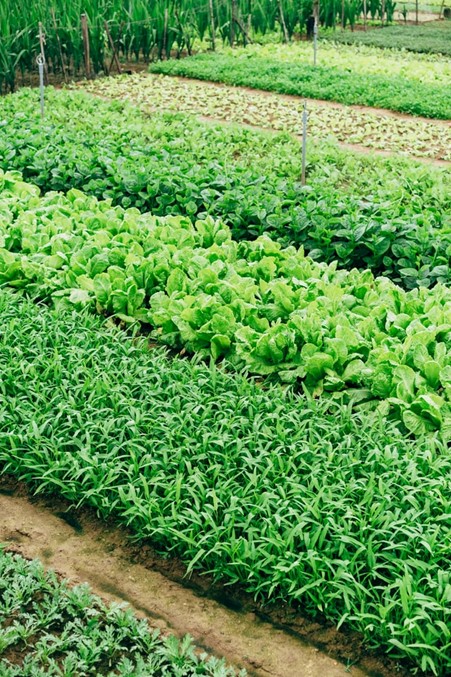
-
Consider accessibility
Ensuring the gardener has enough room to move and access all areas is important. Paths should be practical, which means lawns are usually not a good option as maintenance becomes difficult. Instead, choose durable hard pavers like flagstones or nicely crunchy gravel. You can also get a springy feel underfoot by using weed-free organic mulches. For example, shredded bark or wood chips, which can handle high foot traffic.
-
Construct your bed
Construct your frame from the material you have chosen. If using timber, cut it to the desired size and construct a simple frame in the shape you’ve chosen. Attach sides with butt joints at corners, and screw corners with galvanised screws.
-
Level the frame
-
Line the bed
There’s a little bit of debate on whether it’s better to let roots penetrate the natural soil level or line your raised garden bed with weed matting. But lining is generally seen as beneficial as it improves soil moisture retention and helps deter weeds. Line your frame with a thick layer of newspaper, cardboard or landscape material, and line the sides and base with weed matting. Then cover with soil and your amendments.
-
Fill up the frame
What kind of maintenance is needed?
Seasonally, you’ll want to top-dress with fresh compost/manure. Mulching also helps retain moisture and control weeds. And moisture retention is vital to raised beds as they tend to drain more quickly than traditional beds.
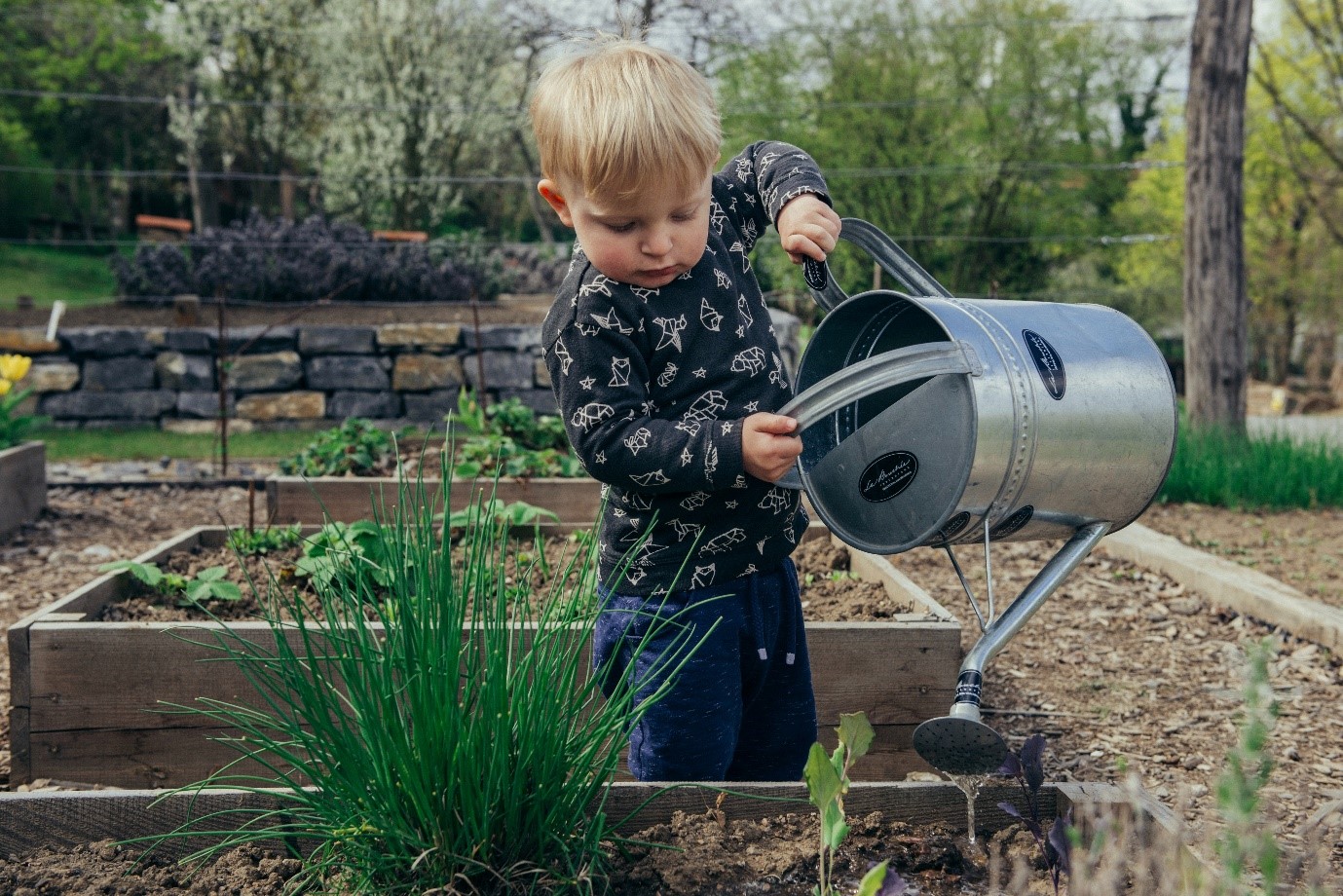
Last tip: Hugelkultur
It’s a German word referring to creating hills. Hügelkultur is a popular method of permaculture where raised garden beds are filled with rotten wood. This creates a wonderfully nutrient-rich, air-pocketed, essentially self-tilling organic soil.
And there you have all the info you need to get started with your raised garden bed ideas. I hope you found it helpful! Have you already tried raised bed gardening for yourself? If you have any tips for us, why not share them in the comments?


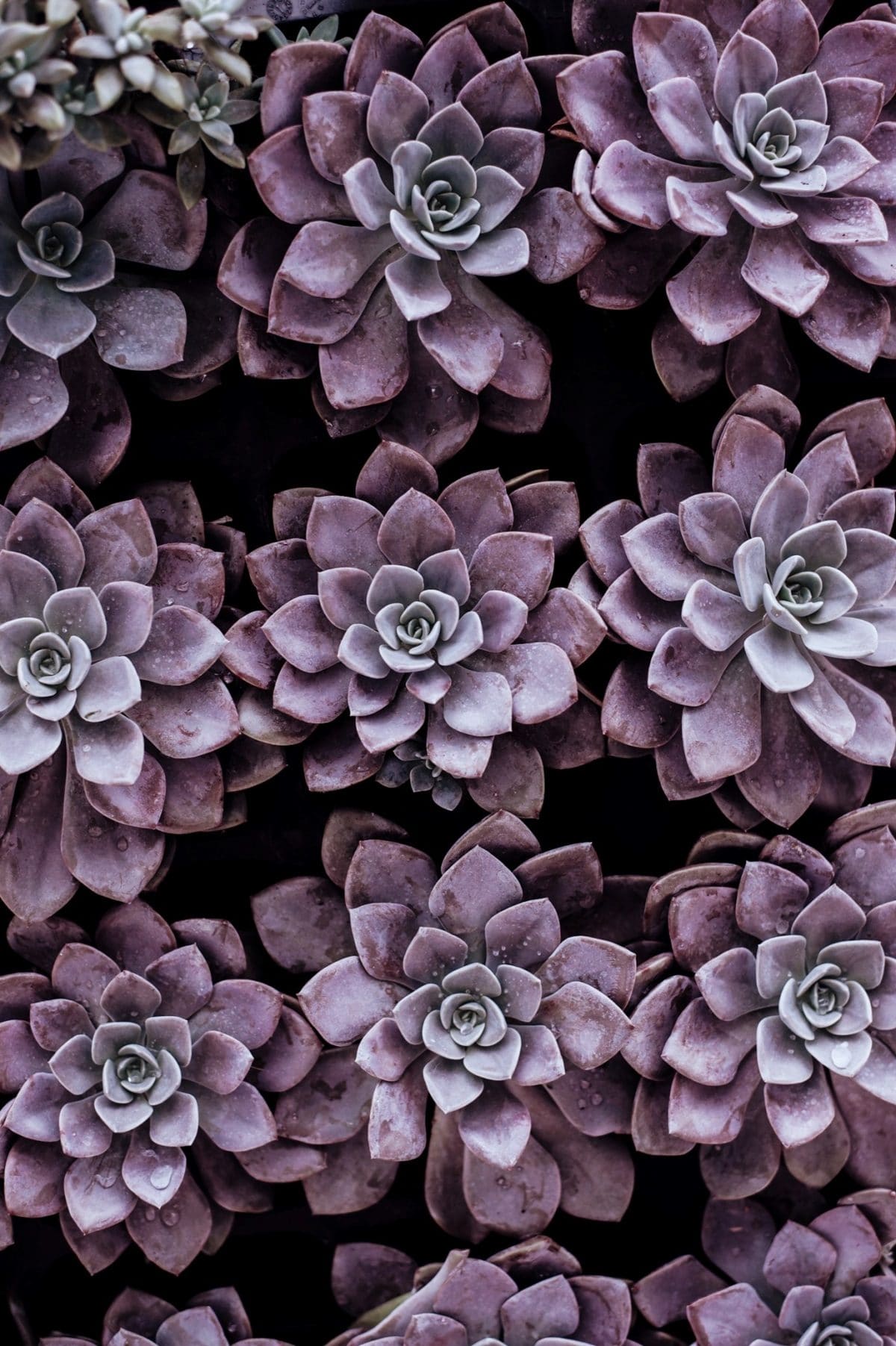
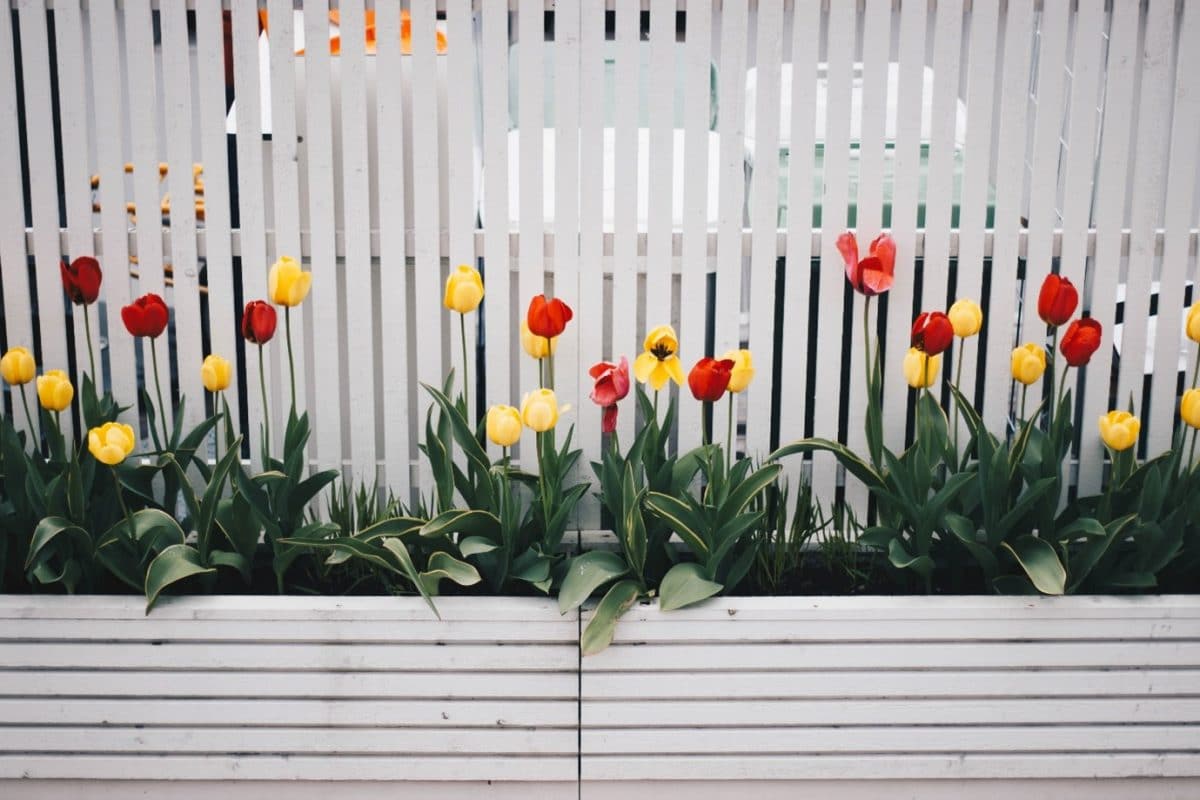
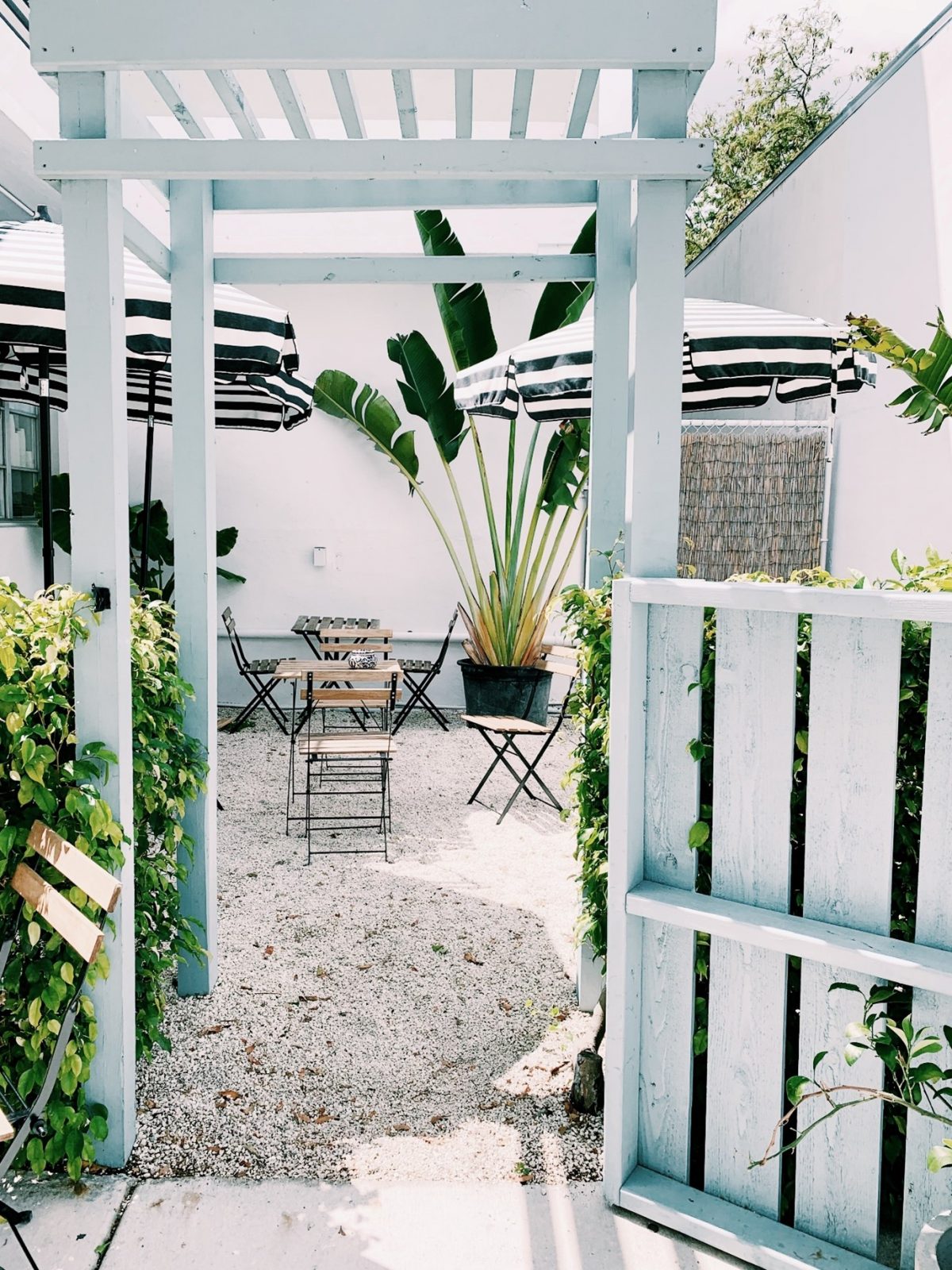

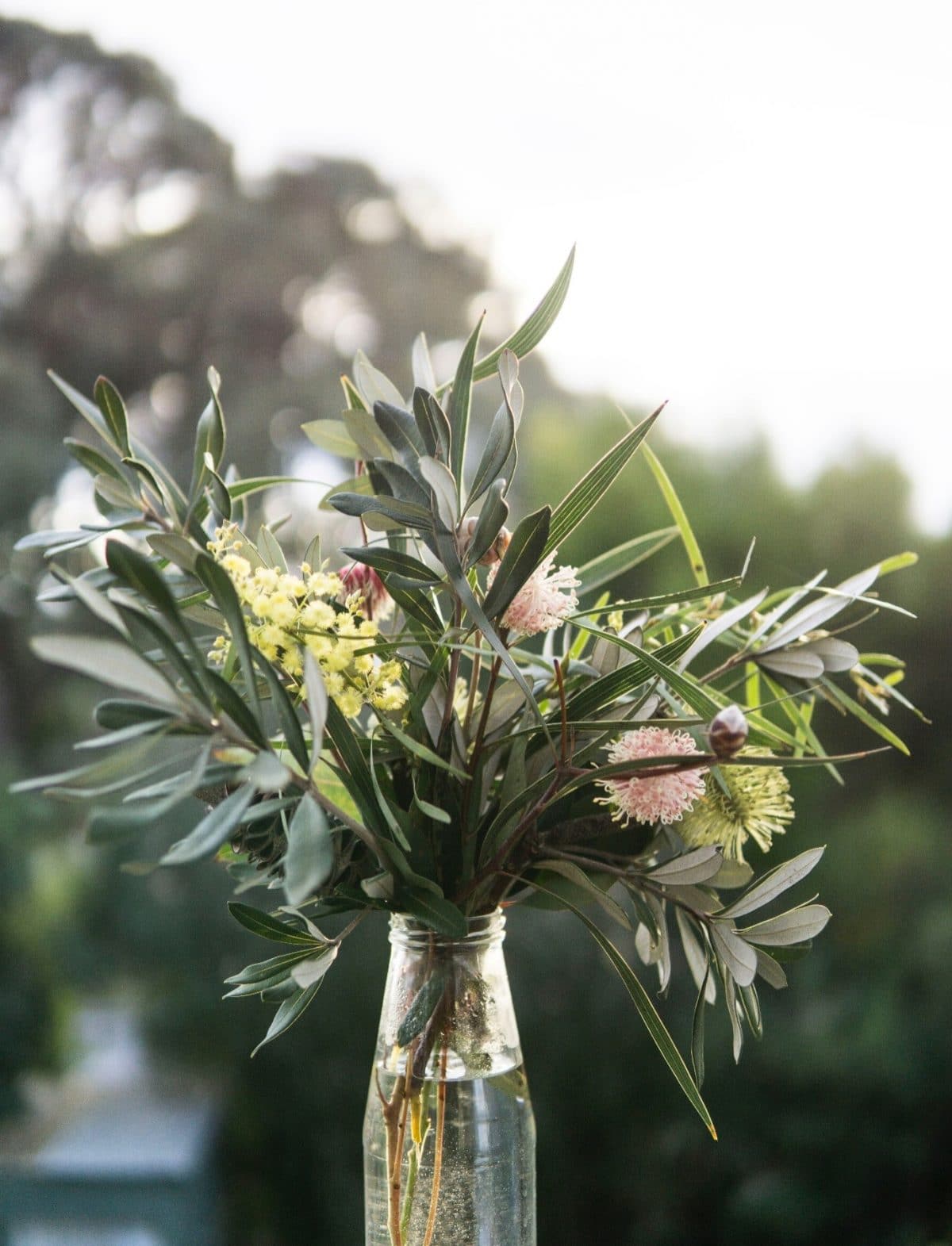
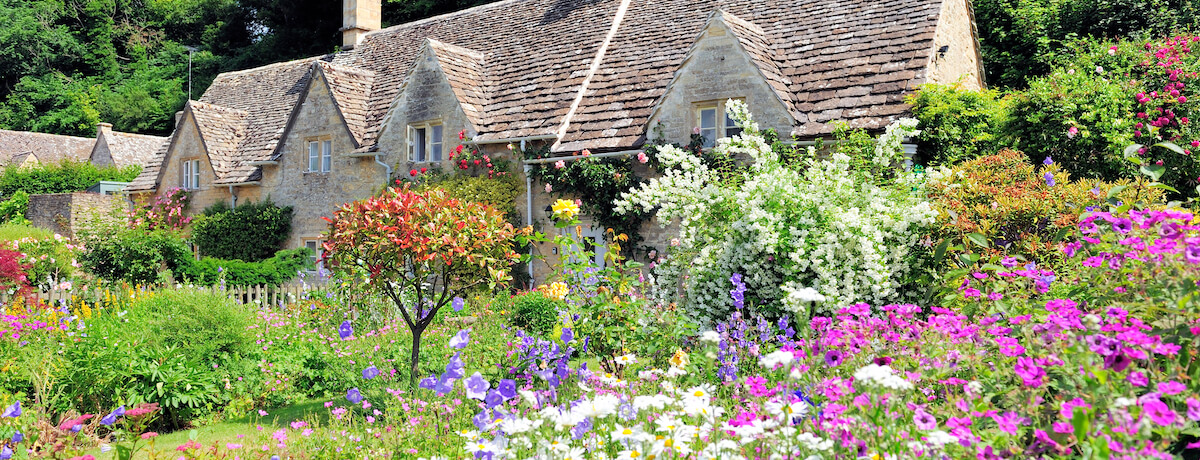
This article has definitely has given me some ideas on how to encorporate a vegetable garden into our small space.
I found it very informative and well written.
Many good design ideas for raised gardens.
Wonderful article great pics and ideas keep up the great work.
Some fantastic ideas & photos, many thanks given me lots of good ideas.
I had no idea that there was a “World of constructed Garden beds”. I thought I’d see what other folks were doing when building a garden bed and came across your article…Thoroughly enjoyed it. Thanks.
Good ideas. I think I’ll try hugelkulture. Thank you